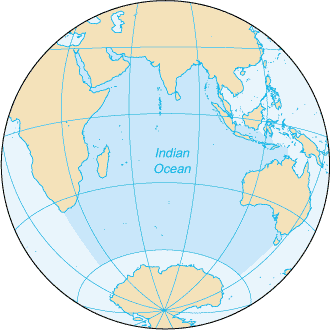15 species of birds from India are critically endangered – IUCN Red List of Birds
International Union for Conservation of Nature (IUCN) red list of birds 2013 (version 2013.2) marked 15 species of birds from India as critically endangered. The details of the bird species reported from India are given in the table below;

|
Sr. No. |
Common Name | Scientific Name |
|
1 |
Baer’s Pochard | Aythyabaeri |
|
2 |
Forest Owlet | Heteroglauxblewitti |
|
3 |
Great Indian Bustard | Ardeotisnigriceps |
|
4 |
Bengal Florican | Houbaropsisbengalensis |
|
5 |
Siberian Crane | Grusleucogeranus |
|
6 |
Spoon-billed Sandpiper | Eurynorhynchuspygmeus |
|
7 |
Sociable Lapwing | Vanellusgregarius |
|
8 |
Jerdon’s Courser | Rhinoptilusbitorquatus |
|
9 |
White backed Vulture | Gyps bengalensis |
|
10 |
Red-headed Vulture | Sarcogypscalvus |
|
11 |
White-bellied Heron | Ardeainsignis |
|
12 |
Slender-billed Vulture | Gyps tenuirostris |
|
13 |
Indian Vulture | Gyps indicus |
|
14 |
Himalayan Quail | Ophrysiasuperciliosa |
|
15 |
Pink-headed Duck | Rhodonessacaryophyllacea |
Bengal Florican (found in UP, Assam and Arunachal Pradesh); Great Indian Bustard (found in Kutch, Maharashtra, Deccan, Rajasthan, Andhra, Karnataka, eggs being collected in Andhra and Karnataka. Bustards like monsoon crops – Sorghum, Millet etc but now farmers grow cash crops- sugarcane, cotton and so their food source has vanished); Sociable Lapwing (found in Kutch and Rajasthan, Grasslands and scrub forests destruction have led to their endangerment); Jerdon’s Courser (found in Eastern Ghat Andhra, South MP, their habitat was destroyed due to Telugu-Ganga Canal in Andhra Pradesh); Forest Owlet (found in Madhya Pradesh, Maharashtra, Odisha, tribals are largely responsible as eggs, feathers, bones have been used for making drums); Spoon-billed Sandpiper (found in North East and Bangladesh, dam construction primary reason); Siberian Crane (Wetland destruction); White-bellied Heron (found in North East India, Bhutan, Myanmar, wetland destruction for tea plantations is primary reason and also poaching); Red-headed Vulture (Gujarat, North East, Himalayan foothills, diclofenac drug main reason); Baer’s Pochard (hunting and wetland destruction); Siberian Crane (used to be spotted in Keoladeo National Park, wetland loss and degradation at wintering sites). The major reasons for decline in the population of birds are – loss of habitat, environmental pollution (both industrial and due to increased pesticide usage), poaching, land use changes, livestock-grazing, etc.
Reference: Report by Press Information Bureau (PIB)


